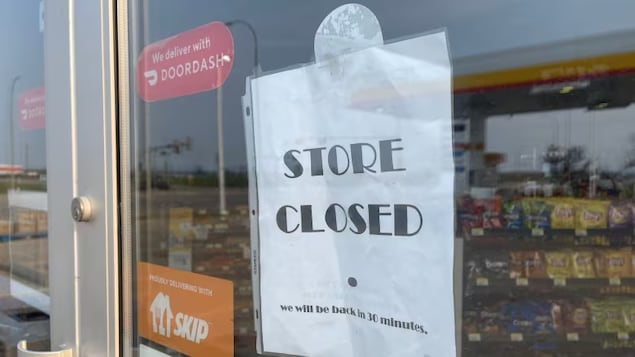The International Monetary Fund is preparing to make a massive expansion of its liquidity lines, in a move to support global reserves and contribute to the ongoing recovery. The $650 billion in drawing rights (international supplemental reserve assets created by the International Monetary Fund) that it will make available to its members would be the first increase in the agency’s firepower since 2009, when another crisis, this financial one, devastated the region. The world economy – then distributed 293,000 million. But also in examining the real will to fight inequality. The United Nations Development Program is calling on rich countries to transfer part of these resources to the most vulnerable countries to help them deal with the pandemic by facilitating their access to a vaccine, alleviating their massive debt problems, lifting millions of people out of poverty and encouraging them to join the ongoing environmental transformation, who lack the the means to do so.
more information
Funds are distributed not according to the most urgent economic needs, but according to the quotas of IMF members. This system leaves $283 billion in the hands of the G7 countries, and $438 billion in high-income countries. The amounts at risk range from $3-4 million for some small island states in Oceania, to $113,378 million for which the United States is entitled.
The 82 countries identified as highly debt-exposed are entitled to receive $55 billion in new IMF liquidity, which is just 1.8% of their total public debt. The UN warns that “in other words, the allocation will not even cover one-year interest payments for most countries”. That is why they called on countries with surplus reserves and stronger economies to accept redistribution. So said Achim Steiner, Administrator of the United Nations Development Programme. It’s the IMF’s largest appropriation since 1945, and it’s larger than the Marshall Plan converted to current funds. Redirecting SDR allocations and other financial flows could be crucial in helping developing countries.” Rating agency Fitch shares this diagnosis: it believes that the credit benefits of low-income countries could be “amplified” if rich countries lend them part of their SDRs.
The UNDP report insists that “the proposed comprehensive allocation of drawing rights will provide some relief, but falls short of the ambition the world should have to ensure a green and inclusive recovery,” so it believes the international community faces a “unique opportunity” to invest in the response to the crisis. Especially when the most vulnerable countries add to their debt problems the health problems of a delay in the vaccination campaign compared to more advanced economies.The statement from the United Nations agency adds: “As the epidemic progresses in developing countries, resources are exhausted, debt-related vulnerabilities intensify, and governments need urgently to support liquidity to manage the crisis.
The Managing Director of the International Monetary Fund, Kristalina Georgieva, said she expects the IMF’s Board of Governors to vote in mid-August on the proposed allocation of drawing rights already approved by the Group of Seven. The leaders of this group of countries have supported the mobilization of 100,000 million from the International Monetary Fund for the most vulnerable countries. Georgieva promised to open negotiations to reach this number. “In the coming months, I will discuss with our member states options that will allow us to achieve this goal together,” he said.
This measure comes in addition to the temporary moratorium on financial obligations incurred by the world’s poorest countries, agreed by the Group of Twenty in June last year. The initial horizon for the suspension was six months, but before the restrictions it was extended again for another six months.
The UNDP Brief connects debt problems with climate problems. It says that nine of the 10 most indebted countries are developing economies that are highly vulnerable to climate change. He sees it as futile to implement the global transition to a low-carbon system without supporting developing economies to take this step, because debt and interest payments determine their ability to invest to transform themselves. The United Nations warns that “developing countries are the least contributors to the global climate crisis, but will disproportionately bear the costs associated with climate change, and have fewer financial and institutional resources to confront it.”





